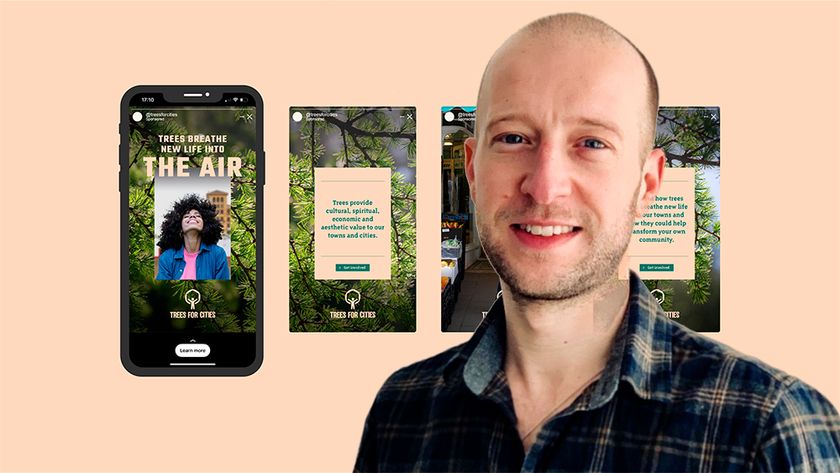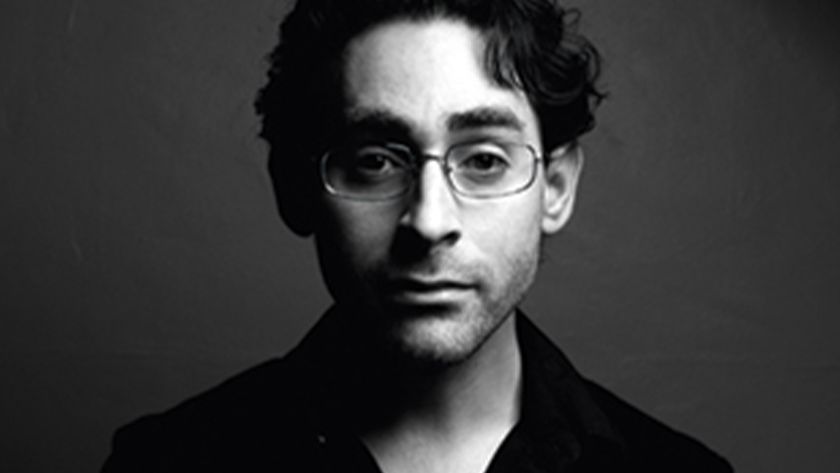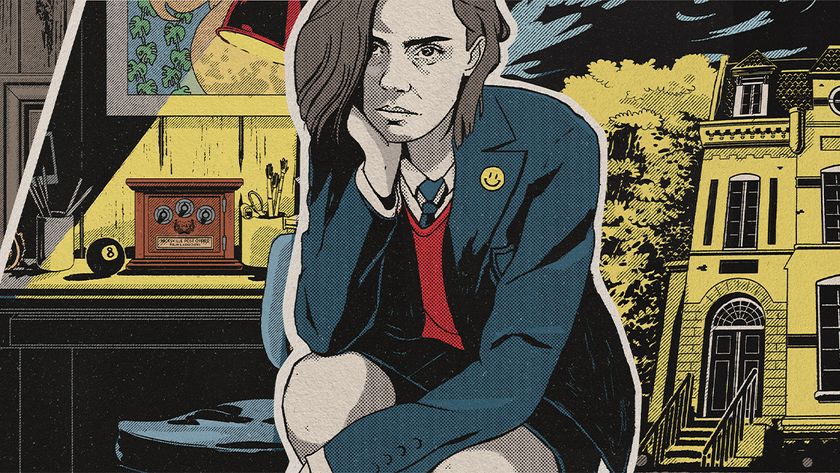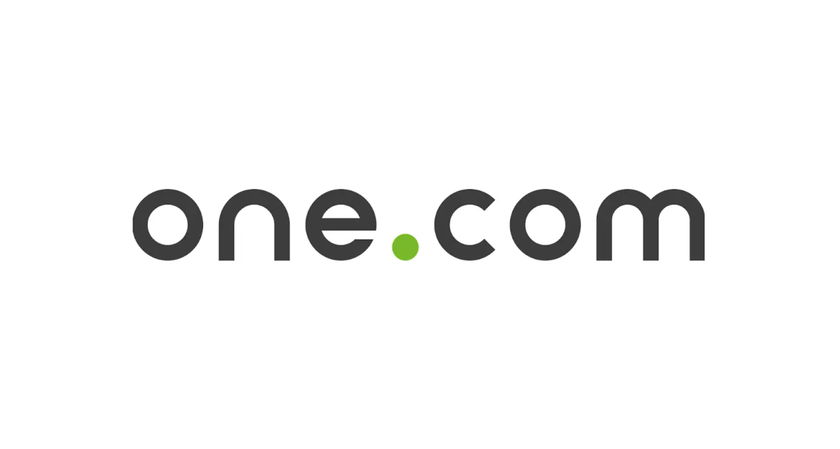Create the perfect exhibition in a week
Win your dream job or commission by putting on the perfect show - even when time isn't on your side.
Putting an exhibition together can be a race against time, whether you're polishing your final-year projects or juggling commercial commissions. There are plenty of practicalities to consider, but get the basics covered and you'll be better prepared to cope if something goes awry.
From graduate shows to commercial galleries, the underlying principles are the same. "Simple, good ideas displayed well. That's the most important thing you can do," says Mike Radcliffe, managing director of design recruitment agency Represent. "Show the kind of work you want to do and the kind of company you want to work for."
Exhibitions exist in a physical space, so consider what that means. "Anyone can have a website and show their work online," says Gavin Lucas, co-founder of illustration agency Outline Artists.
"The physicality of an exhibition, the actual potential to meet people, is vitally important. You can watch them react to your work, eavesdrop on conversations, offer things for sale and see what works."
Have a clear theme
This of course means not treating your show like it's an extension of your Instagram feed. "People are too used to being bombarded with design and illustration through social media," says Charlie Hood, co-founder of gallery and creative agency Beach London.
"You need a strong concept or at least a consistent aesthetic. Otherwise, you can almost see people treating it like they're staring at a screen and scrolling down a web page." What matters above all, he says, is the experience that's delivered – be this physical, emotional or perceptual.

"Without a clear theme, shows can end up being a bit of a jumble sale," agrees sculptor Wilfrid Wood. So, he says, he used "a dead-simple subject" for Dogs, his most recent exhibition at Beach London. Wood offers this vital piece of wisdom: "I want the ambiguity to be in the individual pieces, not what connects them."
Get the Creative Bloq Newsletter
Daily design news, reviews, how-tos and more, as picked by the editors.
"Really think about how you're using the space," says Outline's Gavin Lucas. "It's a really powerful thing to make sure people see your work as stand-out on its own, without feeling like it's mashed into a wall full of other stuff."
"You're always looking for somebody whose work you'd want to hang on your wall, but there's a balance between that immediacy and an ability to tell stories."
Be different to everyone else
Just think about the volume of work that the average visitor sees during graduate show season, says Jon Cockley, co-founder of illustration agency Handsome Frank. "It's really important not to blend into one generic wave. What can you show that will make people think, laugh and whip out their phone to post a picture on Instagram?"
And what to avoid? "Too much variety in the context of one show," advises Cockley. "It's important to show diversity, but you can do that with subject matter, size and composition. When it comes to style and technique, be sure to show you can do one thing well. This isn't the time to show you tried your hand at lino cutting before moving on to charcoals and then settling on a Cinema4D approach."

Illustrator Sarah Maycock thoroughly impressed Cockley at Pick Me Up Selects in 2012. "We saw her now-infamous Bear print, which was the best-selling print at [London-based graphic festival] Pick Me Up that year, and decided to sign her on the spot," Cockley remembers.
Maycock exhibited at Pick Me Up three years running and test-drove her first drawing workshop there in 2014. She says it played a major role in the transition from being a graduate to working in the industry. "To get the chance to be seen by that many students, tutors, designers, collectors, curators, you name it, was just amazing.
"Most of my first big jobs came directly from Pick Me Up. It's the perfect opportunity to get out of the studio and get work off the screen and onto a wall."
Consider the context
Her advice for getting it right? "You can't second-guess what people will want at exhibitions, but you can certainly consider the context and surroundings. You want to stand out, but that doesn't necessarily mean shouting. People appreciate some visual calm and space."
"Keep your exhibit succinct and to the point," agrees Professor Lawrence Zeegen, D&AD trustee and dean of the school of design at the London College of Communications. "Know what you want your work to say and who you want to say it to."
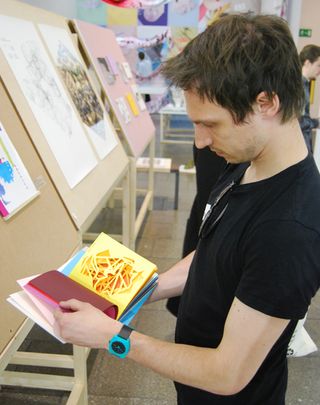
Show the work well and it will speak for itself, he says. "But remember: great presentation of a poor idea won't save you." It's also important to be confident, but not cocky, he adds. "You need to demonstrate that you know your stuff, but that you also know you have a lot more to learn."
Before you nail down your selection, talk to the other people with a stake in the space. "It's always good to get an alternate opinion on what should go where," says Beach London's Charlie Hood.
"Some artists have a very strict approach: this is what I'm showing and where I'm going to put it. That doesn't work. We have a better understanding of our space, what works in it and how people engage with it."
Next page: framing tips, how high to hang your work, business cards, mingling advice and more
Half-price CA subscription offer!


Thank you for reading 5 articles this month* Join now for unlimited access
Enjoy your first month for just £1 / $1 / €1
*Read 5 free articles per month without a subscription

Join now for unlimited access
Try first month for just £1 / $1 / €1
The Creative Bloq team is made up of a group of design fans, and has changed and evolved since Creative Bloq began back in 2012. The current website team consists of eight full-time members of staff: Editor Georgia Coggan, Deputy Editor Rosie Hilder, Ecommerce Editor Beren Neale, Senior News Editor Daniel Piper, Editor, Digital Art and 3D Ian Dean, Tech Reviews Editor Erlingur Einarsson and Ecommerce Writer Beth Nicholls and Staff Writer Natalie Fear, as well as a roster of freelancers from around the world. The 3D World and ImagineFX magazine teams also pitch in, ensuring that content from 3D World and ImagineFX is represented on Creative Bloq.




